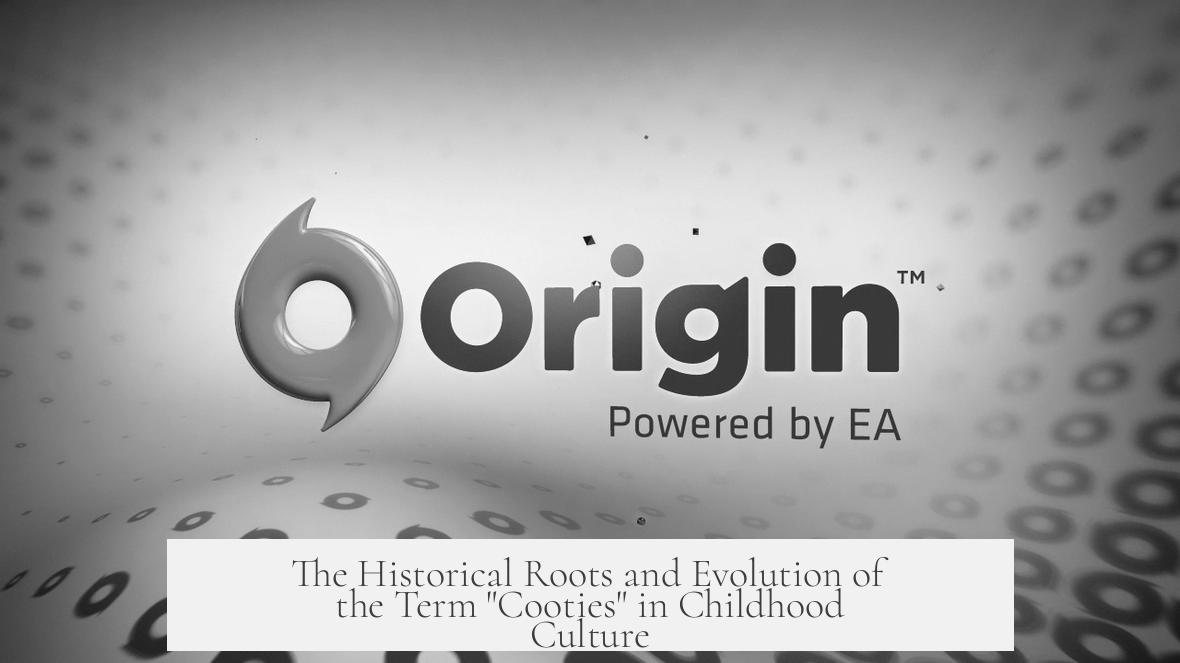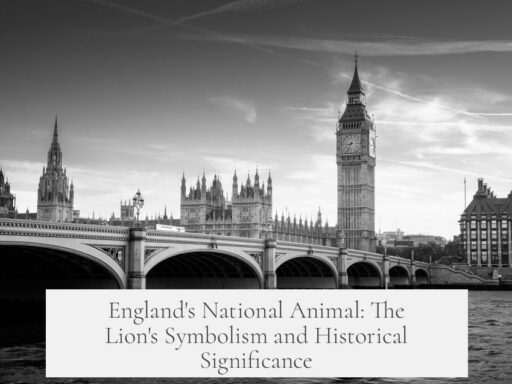The concept of “cooties” originates from early 20th-century military slang, where it referred to lice carried by soldiers during the First World War. The word entered English around 1915-1917, initially as an adjective “cooty,” then a noun “coot,” and later the plural “cooties,” all linked to lice infestations in trenches.

The etymology of “cooties” is debated. Some believe it stems from Austronesian words like the Malay or Māori term “kutu,” meaning louse. However, the Oxford English Dictionary (OED) disputes this and suggests the name comes from the bird called the “coot,” which had a reputation for carrying many parasites. They cite expressions dating back to the 1860s calling something “lousy as a coot.”
During World War I, “cooties” was soldier slang for lice. Soldiers mentioned “going cooty” to indicate infestation, and reports from 1915 confirm “coot” as a term for lice. By 1917, “cooties” was firmly established as the plural form referring to these parasites.

In American English, around the 1950s and 1960s, the meaning shifted significantly. “Cooties” evolved from a term describing actual lice to children’s slang for an imaginary contagious condition. The OED notes some transitional uses in the 1950s that still referred to lice. By 1967, in literature such as Beverly Cleary’s works, “cooties” clearly represented a fictional contagion that could spread through airborne contact like breathing.
Today, the term has different connotations depending on region and context. In the United States, “cooties” predominantly indicates an imaginary infection, often used playfully among children to describe something “contagious” but harmless. According to Wiktionary, the original meaning as lice is considered “dated soldiers slang.” In contrast, the OED marks the new imaginary sense as “chiefly U.S.” Meanwhile, in the UK and Ireland, “cooties” may still refer to lice, although American usage is becoming more influential.
- “Cooties” originated as WWI soldier slang for lice.
- Etymology possibly from the bird “coot,” not Austronesian languages.
- Shifted in the 1950s-60s to mean an imaginary contagion in American children’s slang.
- Today, “cooties” means fictional contagion in the U.S., but lice in the UK/Ireland.
Where Did the Concept of “Cooties” Come From?
The concept of “cooties” began as a real-world nuisance—lice—before mutating into a child’s imaginary plague. This quirky evolution traces back over a century, crossing oceans, armies, and generations. If you’ve ever wondered why kids treat “cooties” like some invisible, contagious “disease” you catch from the other team at recess, buckle up. The story is surprisingly rich and even a bit funny.
Let’s dig into the origins of those pesky “cooties” and how they transformed from actual parasites into childhood legend.
From Birds and Bugs to Soldiers’ Slang
Here’s a fun fact: “cooties” might not be as “childhood made up” as you think. The word likely originated in the early 1900s, but not from playgrounds or cartoons. Instead, it emerged during the First World War, popularized by soldiers.
Some believed “cootie” came from the word “kutu,” which means “louse” in many Austronesian languages, like Māori and Malay. Essentially, “kutu” is the almost universal word for lice across those cultures. It sounds perfectly fitting. But wait, there’s more.
The Oxford English Dictionary (OED), however, shoots down this theory. According to OED experts, the term probably traces back to the English word “coot,” a type of bird notorious for being “lousy,” literally swimming with lice and parasites. There’s an old 1860s saying: something is “as lousy as a coot.” Imagine that bird’s reputation!
This amusing connection shifts the origin from seas and islands to muddy battlefields where British and American soldiers battled in trenches and, of course, battled lice.
The Evolution: Adjective to Noun to Plural
During WWI, “cooties” entered the English language as soldiers’ slang. Interestingly, the earliest documented use is not even “cooties” but the adjective “cooty,” dating back to April 1915. Soldiers would say they were “going cooty” to admit having lice. By September 1915, the noun form “coot” was in use, referencing a louse, and by 1917, its plural form—“cooties”—was established.
Think about soldiers in cramped trenches, itching and grumbling about “cooties” crawling over them. Their wartime grumbles ironically seeded the word into later pop culture. Who’d have thought that caveat about lice would become a children’s term?
Cooties as an Imaginary Contagion in Childhood Play
The leap from nasty, crawling lice to an invisible “cooties” disease children pretend to catch is an unexpected twist of semantics. Around the 1950s and 60s, American kids began using “cooties” to talk about an imaginary contagion—a playful, silly “infection” supposedly spread by touching or even breathing near someone of the opposite sex or just a disliked playmate.
Interestingly, in the 1950s, the term’s use was transitional. Some adults still thought “cooties” might refer to actual lice. But by 1967, children’s author Beverly Cleary made it clear in her book that “cooties” had moved well beyond actual bugs. They were clearly make-believe and invisible, something that could linger in the air.
“Cooties,” Beverly Cleary explained, “are no longer lice; they can spread just by breathing.”
This shift gave birth to countless playground games, where kids try to avoid being “infected” or “tagged” by the dreaded cooties. The psychological spin is humorously simple: kids create social rules to navigate friendships and boundaries. Maybe it’s a primitive way to negotiate social anxiety, minus the actual germs.
Confusion and Regional Differences Today
What’s fascinating is that even today, the meaning isn’t universal. The Wiktionary labels the original lice-related meaning as “dated soldier slang,” no longer common in everyday talk.
Meanwhile, the Oxford English Dictionary notes the new, imaginary “cooties” meaning is primarily a U.S. phenomenon. In the UK and Ireland, the word still might mean actual lice. So if you slap a kid’s arm and yell “You’ve got cooties!” in London, you could be accidentally accusing them of being infested!
This dual usage shows how language evolves regionally and how some words maintain old meanings while others slide into playful fiction. It’s a neat example of linguistic divergence.
What Can We Learn From the History of “Cooties”?
Why does this matter? It’s more than just trivia. The story of “cooties” reveals how language adapts to environment and culture. From soldiers fighting off lice in muddy trenches, the word transformed into a childhood rite of passage filtering social interaction.
If you’re a parent or educator, understanding this history softens the annoyance when you hear kids chanting about “cooties.” It’s harmless play, steeped in history and creativity.
Plus, the next time you’re bogged down by a pesky office rumor or playground dispute, remember: even “cooties,” the imaginary contagion, had real roots in discomfort and survival. A little empathy goes a long way.
Quick Takeaway: Tackling Cooties Like a Pro
- Know the word started with actual lice in WWI trenches—pretty gross, right?
- It turned into a pretend contagion by the mid-20th century, especially among American children.
- In British English, it might still mean lice, so context and location matter.
- Kids use it to play at social boundaries, not to spread fear.
So, next time someone says you have cooties, smile knowingly. You now share a quirky link to history, language, and childhood antics all wrapped in a tiny word that’s stuck around for over a century.



